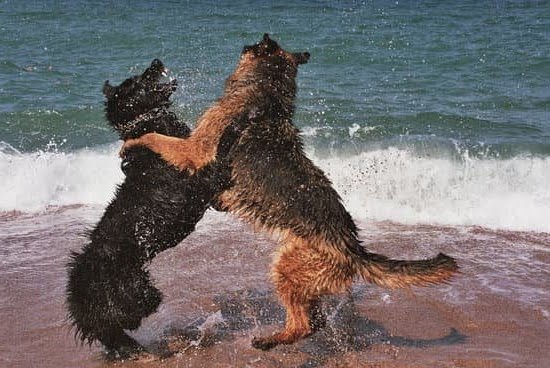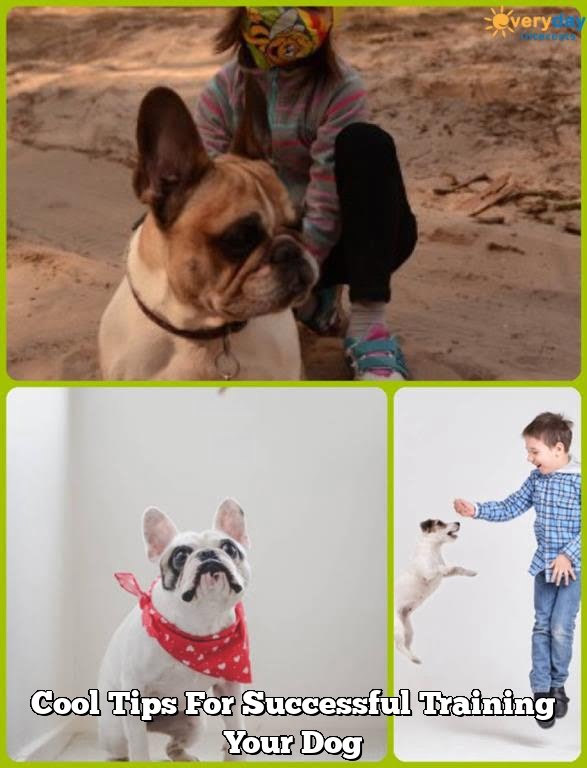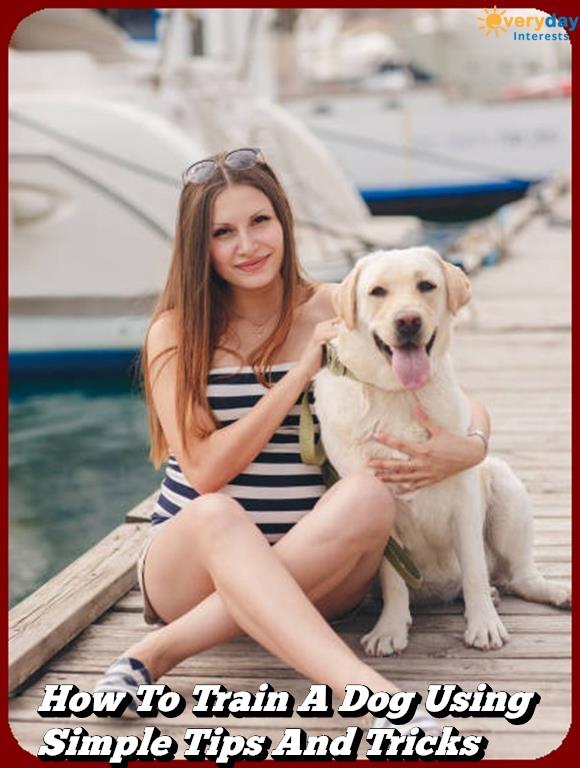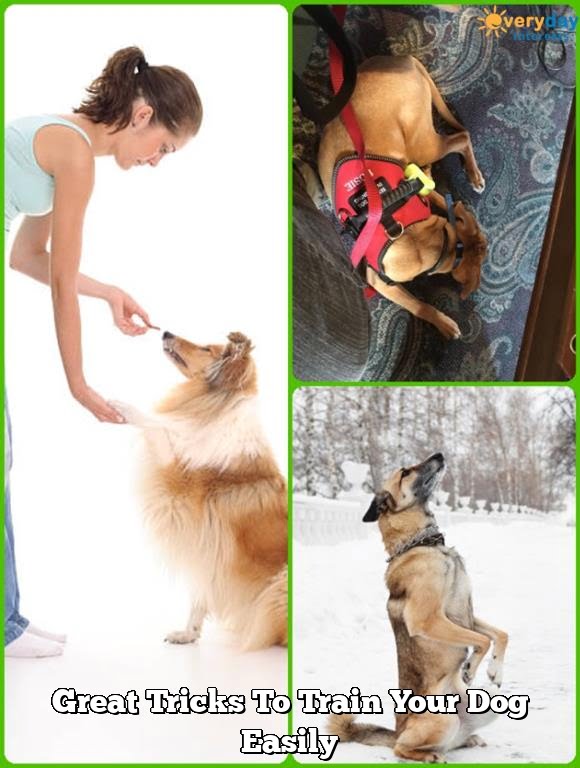Introduction
Training your dog to do cool tricks is an excellent way to improve the bond between you and your pup. By investing some time and effort into teaching your dog how to do some impressive tricks, you can strengthen your relationship with your pet. Not only that, but it’s also a great way for them to stay active and mentally stimulated – both of which are essential for holistic health and wellbeing in all animals. Training also gives you a chance to exercise positive reinforcement techniques, such as rewarding behavior with treats or praise. This further reinforces their behavior so they respond more quickly when called upon to demonstrate a trick in the future. Cool puppy tricks are just one of the many ways in which our canine friends can show their appreciation, stimulate their brains and having fun!
Establishing the Basics
Before you can teach a dog to do cool tricks, it is important to establish some basics. It is essential that your expectations are clear and communicated effectively. In other words, make sure your dog understands what commands you want him or her to follow. You also need to have an appropriate reward system. Dogs will be more likely to obey overly generous rewards while they may not respond as well with something like verbal praise only. Think about what type of treat or petting/scratching your pup responds best too and use it as incentive for successful trick demonstrations. Additionally, create an environment where learning happens frequently such as providing plenty of opportunities for practice in between teaching sessions. Home should also be a safe space for your pup and provide plenty of praise and encouragement when they display successes during their learning period.
Getting Started
The first step to training your dog to do cool tricks is to determine what kind of trick you’d like them to learn. Different breeds of dogs are better at different types of tricks, so make sure you’re picking a skill that is within the abilities of your pet. Some popular options include teaching them how to shake hands, sit, stay and play dead.
Once you’ve determined which trick you’d like to teach your pup it’s important to establish a reasonable training schedule. Many owners make the mistake of trying to cram too much into one session and quickly become frustrated when the pup can’t keep up or learn as quick as they would like. You should start with just 5-10 minute intervals two or three times a day for a few days before increasing the time and frequency of the lessons. Set up an environment where your dog knows there will be time set aside just for learning some new tricks. Make sure they have all they need: treats, toys, space and verbal encouragement!
When training it is also important to be patient with your pup and always reward them when they get something correct. Treats are especially helpful here since they give your pup positive reinforcement which increases the chances they will remember their behavior when performing the trick in question. Examples of great treat rewards are small pieces of cheese or cooked chicken pieces cut into bite sized chunks. Smaller treats work best since larger one might distract dogs from continuing their lesson because eating takes too long! Additionally if incorrect behavior is displayed never punish them or scold them in anyway but rather stop the lesson, take a break and start again later on. Your patience will help ensure that learning remains a positive experience for both you and your pup!
Groundwork
Before teaching your dog any cool tricks, it is important to take care of the groundwork that sets up the essential foundation for successful training. This means implementing good training habits and basic obedience which will not only help you and your pup now but in the long-term too. To get started, get familiar with dog training techniques such as proper luring, verbal commands, and a reward system. These tactics can be used to develop commands like sit, stay, wait, heel and come. Incorporate food rewards to encourage desired behaviors and ensure your pup associates these behaviors with positives reinforcement-based methods rather than harsh scolding or punishment. After your pup knows these basic commands proficiently, you are ready to start adding more complex ones!
Developing the Trick
When training your dog to do cool tricks, it is important to develop the trick in incremental progress. You should start off slowly and go step by step in order for your pup to pick up on what you want him or her to do. For instance, if you want your dog to learn how to sit when given a command, begin with some basic commands like “sit” and encourage them every time they do something right. Gradually increase their challenge and give them verbal praise when they complete each step. Eventually your dog will understand what you want them to do since they will have learned each preceding step before mastering the complete trick.
In addition to incremental progress and verbal encouragement, rewarding your dog can be an essential part of the learning process. Rewarding activities that remind your pup of why you’re having them train can help keep their motivation levels high. When teaching more advanced tricks, like rolling over or playing dead, keep treats on hand as rewards after successful completion of a task. This way your pup knows that completing tasks successfully has its benefits! Additionally, once they master the big activity after repeated practice sessions, it’s important to end on a good note – perhaps with some exclusive playtime or cuddles – so they leave feeling proud and accomplished.
Trouble Shooting
When training your dog to do cool tricks, frustration is inevitable. Your pup may struggle to understand commands or get bored with repetition quickly, making it seem like they are not getting the concept. In order to avoid feeling discouraged and keep your pup interested in learning new tricks, there are a few key points to keep in mind:
1. Start small. When training a new trick, try breaking the skill into its component parts and teaching those one-by-one with plenty of positive reinforcement. This makes it easier for your dog to remember and can speed up their progress significantly.
2. Keep things fun! Incorporate toys, treats, and lots of praise into every training session so your pup knows that when they get it right, there will be good things coming their way.
3. Give frequent breaks throughout the session if your dog appears overwhelmed or frustrated by a particular exercise (but avoid giving rewards during this break). By taking a breather every now and then, you can help ensure that these moments don’t derail their progress entirely – particularly if they are struggling to master a certain concept.
4. Take baby steps but don’t give up! Progress is rarely linear so be sure not to underestimate how long it might take for them to learn something new – ranging from weeks to months or even years depending on the complexity of the skill you want them to master.
Above all else – patience is key! Keeping your expectations realistic and being willing to put in as much time as needed will help ensure ultimate success for you and your furbaby 🙂
Finishing Touches
During the last phase of training your dog new trick, it is most important to celebrate your dogs accomplishment and refine the trick. Dogs need a lot of positive reinforcement and an enthusiastic response after they complete their task correctly. Make sure you verbalize how proud you are of them and give them a treat or toy as a reward. Establishing a reward system is essential in helping them understand when they have completed their task accurately. As your dog continues to perfect the trick, it is also helpful to use verbal cues like “shake” or “roll over” when you expect certain behaviors. Refining the trick continuously will ensure that your dog remembers its proper execution even when distractions are present. It is also recommended to practice these tricks with varying levels of difficulty throughout the week so it becomes second nature for them. Doing this will ensure that your pup views training as not just a means of gaining reward but also having fun with his favorite human companion!
Conclusion
Though your dog’s trick performances will surely impress your friends and family, the true benefit of having taught him to perform these tricks is in strengthening the relationship between you and your pup. When it comes to training a dog to do cool tricks, it boils down to communication, understanding, and positive reinforcement. Taking the time to engage your pet with commands, patiently answer his questions with through rewards and consistency in following up on them, will build trust and respect between you both. With such solid foundations of trust and obedience, more complex tricks can be introduced into their repertoire that have much more meaningful implications than just looking cute or being able to do a cool party trick.
Most importantly however is to have fun doing it. Whether teaching your pet a simple sit-stay command or performing challenging exercises; enjoy the training process as much as your furry friend because that’s when they’ll learn best – when they start associating their human with playtime, treats, affection and lots of love! Remember that although dogs aren’t capable of verbal communication like humans can, their actions convey the same emotions during interactions with others just as ours can. Through positive reinforcement for successful demonstrations of each new trick learned – combined with effort on the part of you as an owner – you can help build a strong bond between yourself and your pup that will last for many years ahead.

Welcome to the blog! I am a professional dog trainer and have been working with dogs for many years. In this blog, I will be discussing various topics related to dog training, including tips, tricks, and advice. I hope you find this information helpful and informative. Thanks for reading!





